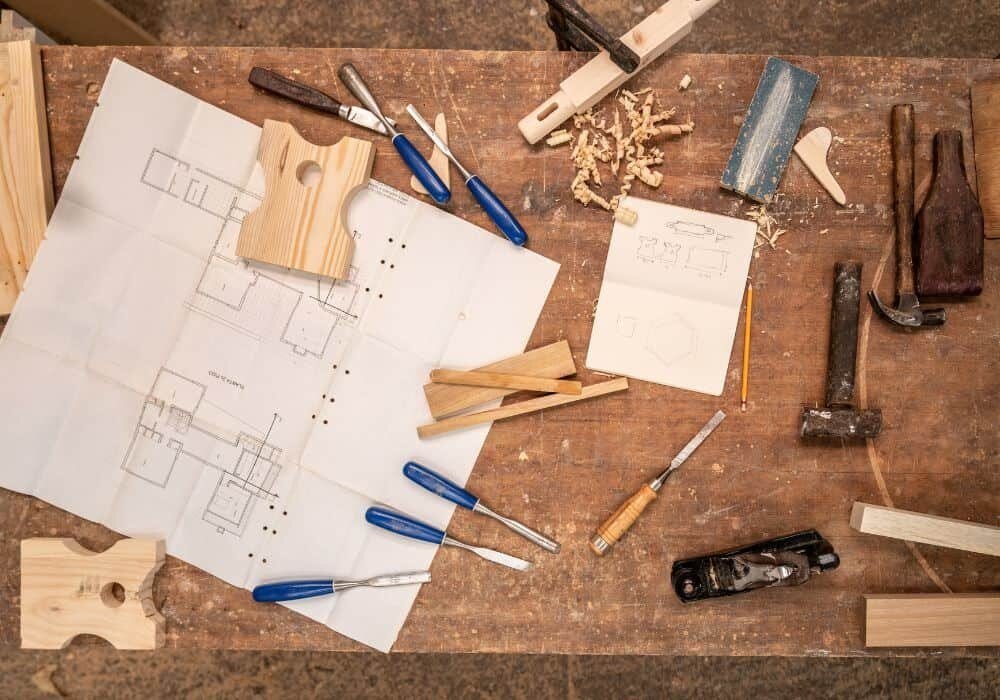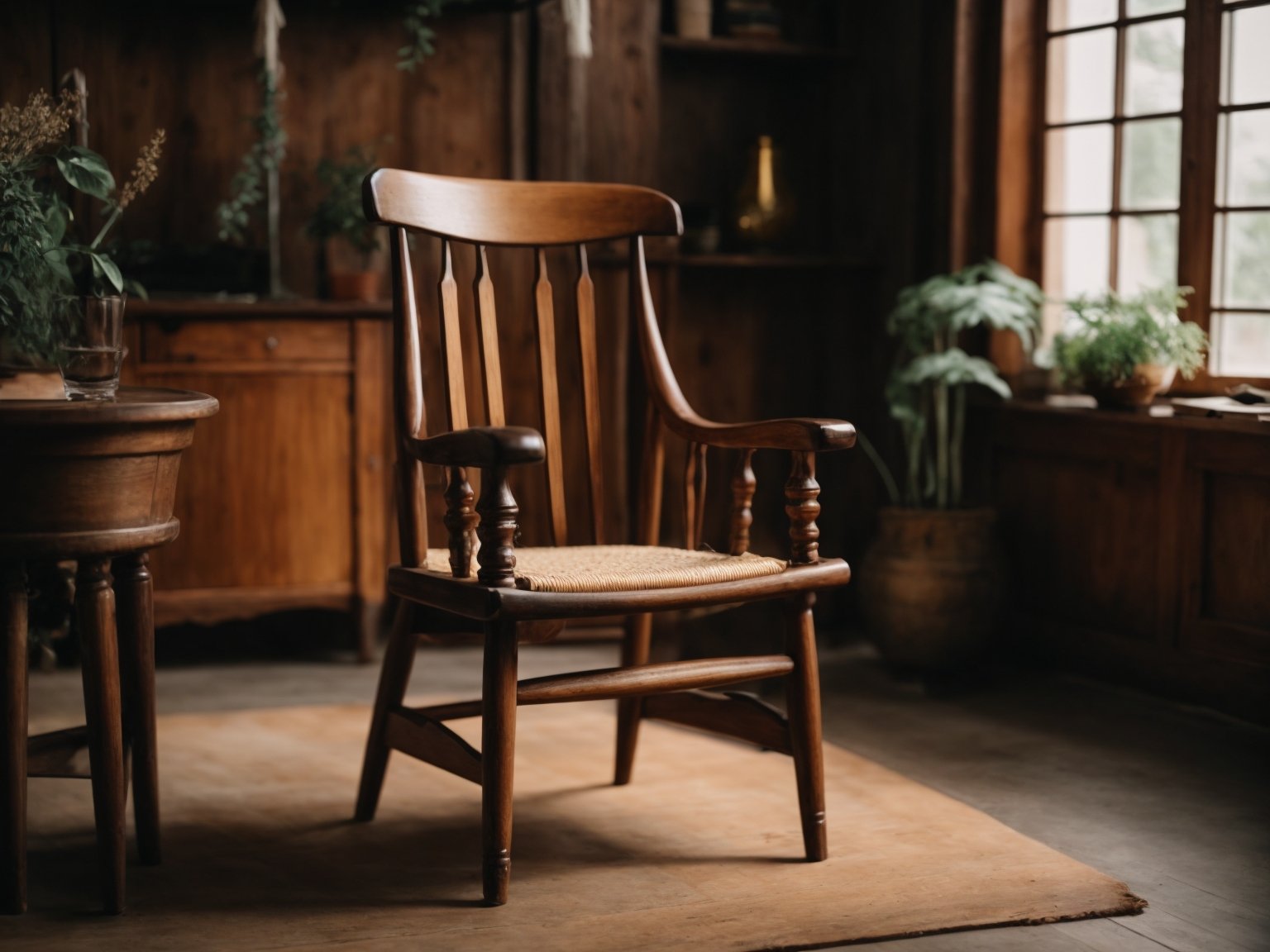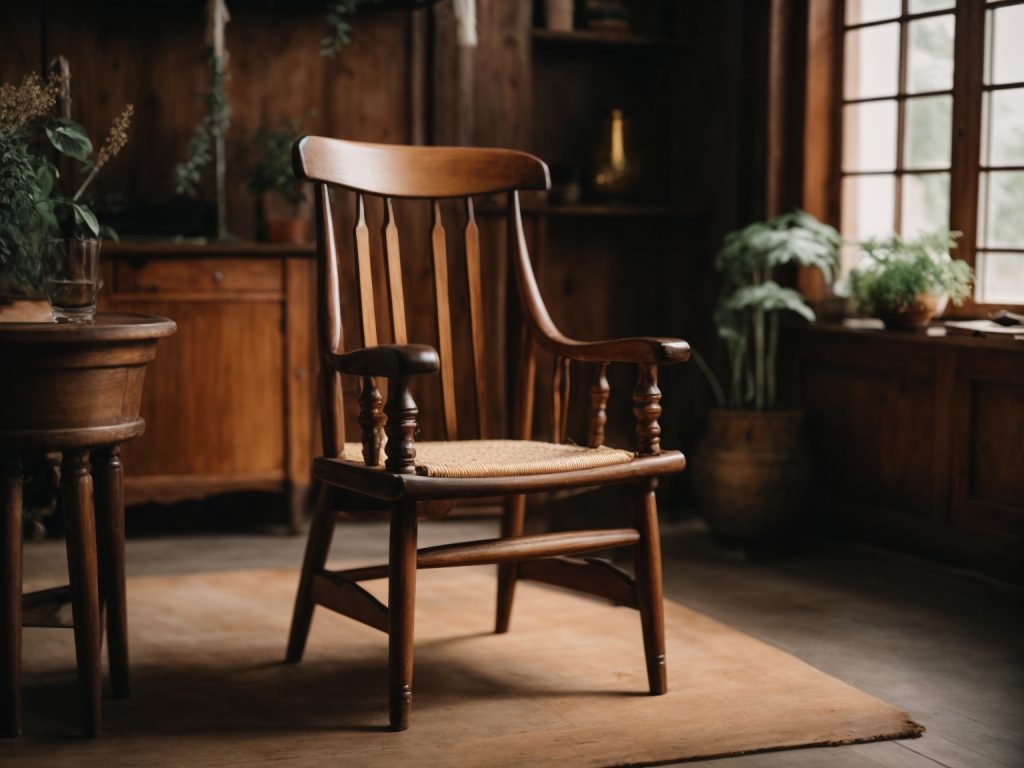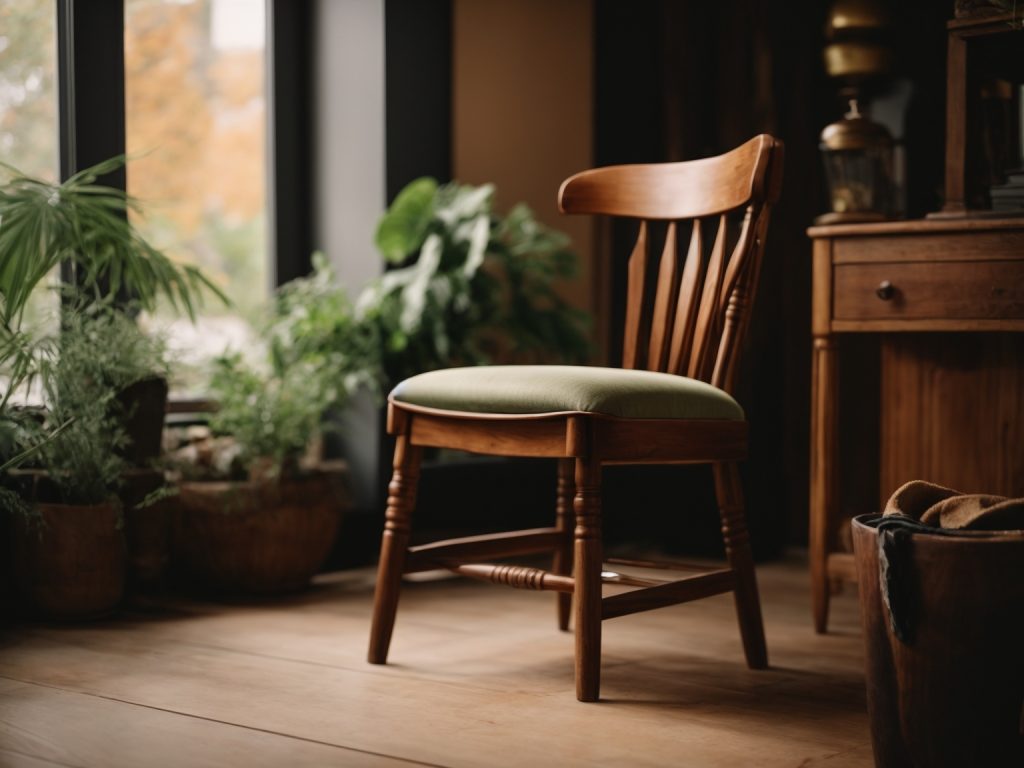Are you interested in making your own wooden rings on a lathe? With the right tools and techniques, you can create beautiful and unique rings that are perfect for gifts or personal use. In this article, we will guide you through the process of making wooden rings on a lathe, including the materials you need, the steps involved, and some tips for getting the best results.
Before you get started, it’s important to choose the right type of wood for your rings. Hardwoods like maple, oak, and walnut are good choices because they are durable and have a fine grain that looks great when polished. You will also need a lathe, which is a machine that rotates the wood while you shape it with cutting tools. Other tools you may need include a drill press, sandpaper, and finish such as wax or oil.
Once you have your materials and tools ready, you can start making your wooden rings. The process involves cutting the wood to the right size, drilling a hole in the center, and shaping it on the lathe. With some practice and patience, you can create rings that are truly one-of-a-kind. So let’s get started and learn how to make wooden rings on a lathe!
Understanding the Basics of a Lathe

If you’re new to woodworking, using a lathe can seem intimidating at first. However, with a little bit of practice, you’ll soon be able to create beautiful wooden rings that will impress your friends and family. Here are some basic concepts you need to understand before you begin:
Lathe Components
The lathe is made up of several components, including the headstock, tailstock, tool rest, and bed. The headstock holds the spindle, which rotates the wood. The tailstock supports the other end of the wood and can be moved along the bed to accommodate different lengths of wood. The tool rest is used to hold the cutting tool in place, and the bed provides a stable platform for the lathe.
Safety Precautions
Before you begin using the lathe, it’s important to take some safety precautions. Make sure you wear eye protection, as wood chips and dust can fly off the lathe and into your eyes. You should also avoid wearing loose clothing or jewelry that could get caught in the lathe. Finally, make sure the lathe is properly secured to a sturdy workbench or stand to prevent it from moving while you’re working.
Cutting Tools
There are several types of cutting tools you can use to create wooden rings, including gouges, scrapers, and parting tools. Gouges are used for roughing out the shape of the ring, while scrapers are used for smoothing and refining the shape. Parting tools are used to cut the ring off the wood once it’s complete.
Wood Selection
When selecting wood for your ring, it’s important to choose a species that is hard enough to withstand wear and tear. Some good options include maple, cherry, and walnut. You should also choose a piece of wood that is straight and free of knots or defects.
Conclusion
By understanding the basic components of a lathe, taking proper safety precautions, selecting the right cutting tools, and choosing the right wood, you’ll be well on your way to creating beautiful wooden rings that you can be proud of. With practice and patience, you’ll soon be able to create rings that are as unique as they are beautiful.
Choosing the Right Wood
When making wooden rings on a lathe, it is essential to choose the right wood for your project. Here are some factors to consider when selecting the wood for your ring:
Hardness
Choose a type of wood that is hard enough to withstand everyday wear and tear. Softer woods, such as pine or cedar, may be easier to work with, but they are not durable enough for a ring that will be worn regularly. Hardwoods like oak, cherry, or walnut are better choices for making wooden rings.
Grain Pattern
The grain pattern of the wood can add character and uniqueness to your ring. Some woods, such as burl or spalted wood, have distinctive patterns that can make your ring stand out. However, keep in mind that highly figured woods can be more difficult to work with and may require more sanding and finishing.
Color
The color of the wood can also play a role in the final appearance of your ring. Choose a wood that complements your skin tone and personal style. Woods like ebony or rosewood can add a touch of elegance to your ring, while lighter woods like maple or birch can give it a more natural look.
Sustainability
Consider using sustainably sourced wood for your ring. Some types of wood, such as ebony or rosewood, may be endangered or illegally harvested. Look for wood that has been certified by organizations like the Forest Stewardship Council (FSC) or the Sustainable Forestry Initiative (SFI).
By considering these factors, you can choose the right wood for your wooden ring project. Remember to take your time and select a wood that fits your style and needs.
Preparing the Wood

Before you start turning your wooden ring on a lathe, you need to prepare the wood. Here are some steps to follow:
Step 1: Choose the Right Wood
The first step in preparing the wood is to choose the right type of wood. You can use any type of wood, but some are better than others. Hardwoods like walnut, cherry, and maple are popular choices because they are durable and have a beautiful grain pattern.
Step 2: Cut the Wood
Once you have chosen the wood, the next step is to cut it into the right size and shape. You can use a saw or a knife to cut the wood into a block that is slightly larger than the finished ring size. Make sure that the wood is cut straight and even.
Step 3: Drill a Hole
After cutting the wood, you need to drill a hole in the center of the block. The hole should be slightly larger than the size of the mandrel you will be using on the lathe. This will allow you to mount the wood securely on the lathe.
Step 4: Mount the Wood on the Lathe
Once you have drilled the hole, you can mount the wood on the lathe using a mandrel. Make sure that the wood is mounted securely and that the mandrel is centered in the hole.
Step 5: Turn the Wood
Now that the wood is mounted on the lathe, you can start turning it into a ring. Use a roughing gouge to shape the wood into a cylinder and then use a skew chisel to create the desired shape. Be sure to work slowly and carefully to avoid damaging the wood or injuring yourself.
By following these steps, you can prepare the wood for turning a beautiful wooden ring on a lathe.
Shaping the Ring
Once you have the wood mounted on the lathe, it’s time to start shaping the ring. This process involves two main steps: Mounting the Wood and Carving the Ring.
Mounting the Wood
To mount the wood on the lathe, you will need to use a chuck or a faceplate. A chuck is a device that holds the wood securely in place while it spins on the lathe. A faceplate is a flat metal plate that is screwed onto the end of the wood. This allows you to mount the wood on the lathe and shape it with a variety of tools.
Once you have the wood mounted on the lathe, you can start shaping the ring. Start by using a roughing gouge to remove any excess wood and create a cylinder shape. Be sure to take your time and work slowly so that you don’t accidentally remove too much wood.
Carving the Ring
Once you have a cylinder shape, you can start carving the ring. Use a parting tool to create a groove where you want the ring to be. This will help guide your cuts and ensure that you create a uniform ring.
Next, use a spindle gouge to shape the ring. Start at the top of the ring and work your way down to the bottom. Be sure to keep the tool at a consistent angle and work slowly to create a smooth surface.
As you work, you can use a caliper to measure the diameter of the ring and ensure that it is the correct size. You can also use sandpaper to smooth out any rough spots or imperfections.
Overall, shaping a wooden ring on a lathe can be a fun and rewarding process. With a little practice and patience, you can create beautiful and unique rings that are sure to impress.
Sanding the Ring
Once you have turned your wooden ring on the lathe, sanding is the next crucial step in the process. Sanding the ring will help to smooth out any rough spots, remove any tool marks, and bring out the natural beauty of the wood grain. Here are some tips to help you sand your wooden ring to perfection.
Choosing the Right Sandpaper
Choosing the right sandpaper is important when sanding your wooden ring. You will want to start with a coarse grit sandpaper, such as 120-grit, and work your way up to a finer grit, such as 320-grit or higher. Here is a table to help you choose the right sandpaper for your wooden ring:
| Grit | Use |
|---|---|
| 120-150 | Coarse sanding, removing tool marks, shaping |
| 180-220 | Medium sanding, smoothing out rough spots |
| 320-400 | Fine sanding, getting a smooth finish |
Applying the Sanding Technique
When sanding your wooden ring, it is important to use the right technique. Here are some tips to help you get the best results:
- Sand with the grain of the wood. Sanding against the grain can cause scratches and damage to the wood.
- Use a sanding block or a soft object like a cloth to wrap the sandpaper around. This will help you get an even sanding surface and avoid creating uneven spots on the ring.
- Apply light pressure when sanding. Too much pressure can cause the sandpaper to tear and create uneven spots on the ring.
- Sand evenly around the ring. Make sure to sand all sides and edges of the ring evenly to avoid creating flat spots or uneven surfaces.
By following these tips, you can sand your wooden ring to a smooth, beautiful finish.
Finishing the Ring

When it comes to finishing your wooden ring, there are a few things to keep in mind. First, you want to choose a finish that will protect the wood from moisture and wear, while also enhancing its natural beauty. Second, you want to apply the finish carefully and evenly, to avoid any drips or bubbles that could ruin the final product.
Choosing the Right Finish
There are many different finishes you can use for your wooden ring, but some are better suited than others. Here are a few options to consider:
- Tung oil: This is a popular choice for wooden rings because it is easy to apply and provides a durable, water-resistant finish. Tung oil also brings out the natural beauty of the wood and gives it a warm, amber hue.
- Shellac: This is another good option for wooden rings because it dries quickly and provides a hard, protective finish. Shellac is also easy to repair if it gets scratched or damaged.
- Polyurethane: This is a more modern finish that provides a tough, durable coating for your wooden ring. Polyurethane is resistant to water, chemicals, and abrasion, making it a good choice for everyday wear.
Applying the Finish
Once you have chosen your finish, it’s time to apply it to your wooden ring. Here are some tips to help you get the best results:
- Sand the ring first: Before applying any finish, make sure to sand the ring with a fine-grit sandpaper to smooth out any rough spots and prepare the surface for the finish.
- Apply in thin coats: It’s better to apply several thin coats of finish rather than one thick coat. This will help the finish dry evenly and avoid any drips or bubbles.
- Use a brush or cloth: You can apply the finish with a brush or a cloth, depending on your preference. Just make sure to use a clean, lint-free cloth or a high-quality brush to avoid leaving any fibers or bristles behind.
- Let it dry completely: Make sure to let each coat of finish dry completely before applying the next one. This will ensure that the finish is hard and durable when it’s done.
With these tips in mind, you should be able to finish your wooden ring with a beautiful, durable coating that will protect it for years to come.
Safety Measures
When working with a lathe, it is important to prioritize safety measures to avoid any accidents or injuries. In this section, we will discuss the personal protective equipment and lathe safety practices that you should follow when making wooden rings on a lathe.
Personal Protective Equipment
Wearing the right personal protective equipment (PPE) is crucial when working with a lathe. Here are some essential PPEs that you should wear:
- Eye protection: Wear safety glasses or a face shield to protect your eyes from any debris that may fly off the lathe.
- Ear protection: Use earplugs or earmuffs to protect your ears from the loud noise produced by the lathe.
- Respiratory protection: Wear a dust mask or respirator to protect yourself from inhaling wood dust.
- Clothing: Avoid wearing loose clothing or jewelry that may get caught in the lathe. Wear close-fitting clothes and tie back long hair.
Lathe Safety Practices
Apart from wearing PPE, there are several safety practices that you should follow when working with a lathe. Here are some of the most important ones:
- Keep the work area clean: Keep the area around the lathe clean and free of clutter. This will prevent any tripping hazards and make it easier to move around the lathe.
- Check the lathe before use: Before using the lathe, check for any loose or damaged parts. Make sure that all the guards and safety devices are in place.
- Secure the workpiece: Always secure the workpiece firmly in place before starting the lathe. This will prevent it from flying off and causing an accident.
- Start the lathe slowly: Start the lathe at a slow speed and gradually increase it as needed. This will prevent any sudden movements that may cause the workpiece to fly off.
- Use the right tools: Use only the right tools for the job and make sure that they are sharp and in good condition. Dull or damaged tools can cause accidents.
- Never leave the lathe unattended: Always stay with the lathe while it is in use. If you need to leave the lathe for any reason, turn it off first.
By following these safety measures, you can ensure a safe and enjoyable experience when making wooden rings on a lathe.


